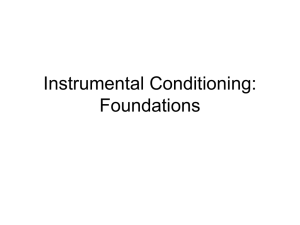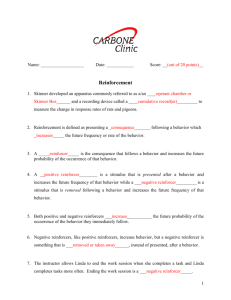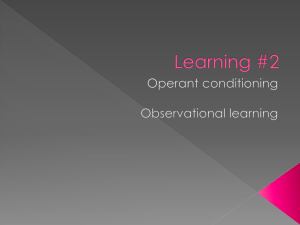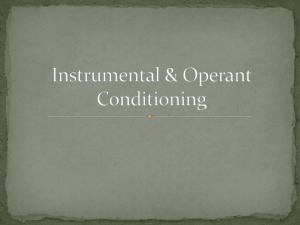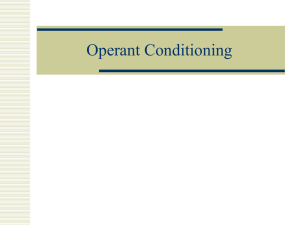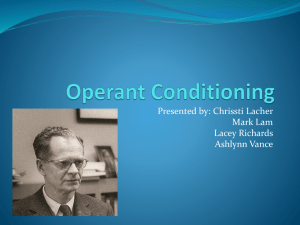Forming and Strengthening Operant Behavior
advertisement
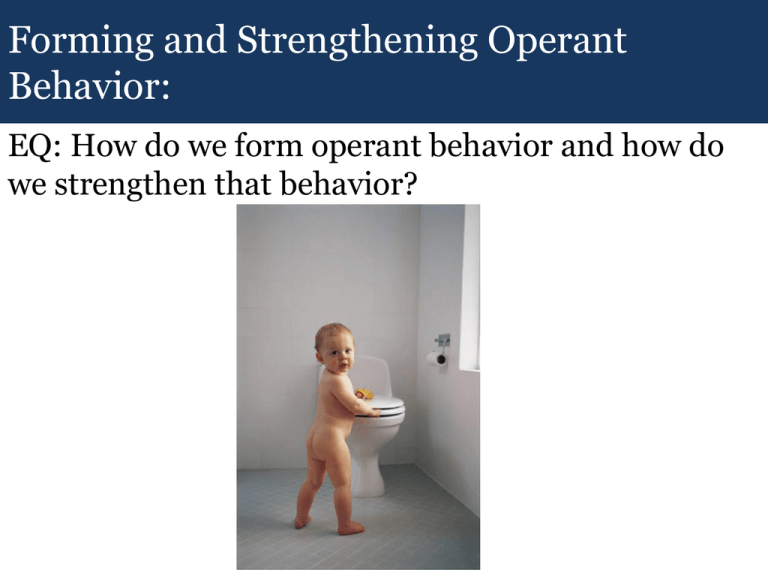
Forming and Strengthening Operant Behavior: EQ: How do we form operant behavior and how do we strengthen that behavior? How does life operantly train us? Part of what and how we learn comes from the situations we are in If we are in school, for example, we learn through rewards and punishments We also learn in the workforce that we are rewarded for good work This also applies to relationships In short, we are always being reinforced or punished based on our behavior There are, however, certain variables that can strengthen these reinforcements Shaping: Shaping is the concept that we progressively reward for getting closer a to demonstrating the desired response we are training a subject for An example would be in potty training If junior pees next to the toilet, we might reinforce him with something like, “Good job, you almost got it in the potty.” If a week later, Junior gets most of it in the potty, we might reinforce the almost success Eventually, the subject will be shaped into demonstrating the correct response Primary and Secondary Reinforcers: A primary reinforcer is a given to a subject when they demonstrate the operant that is rewarding to them A secondary reinforcer is a reward given to a subject that the learn to like An example of a primary enforcer would be the treat you give your dog when he demonstrates good behavior The secondary reinforcer might be the belly rub you give him when he rolls over Delay and Size of Reinforcers: Occasionally, we might delay the reinforcer until we are satisfied with the result we want to see To lose weight, for example, we might want decide to give ourselves a tasty treat for every 5 pounds we lose This reinforcer does not directly impact us today, but it will eventually be a reward that we work toward Sometimes, if the reward is huge, we may have to work for a long time to get it EX: If I save an extra $100 per month, I can retire at 58 instead of 64 Schedule Reinforcement: In Schedule reinforcement, we are trying to use schedules to reinforce our behavior A Continuous Reinforcement Schedule is designed to reward a subject every time they demonstrate a desired response A Partial Reinforcement Schedule is designed to reward only some of the time Schedules and Extinction: If the goal of Conditioning is extinction, then we must work toward either getting rid of the unwanted behavior or to get rid of the reinforcement To do this we can slowly stop reinforcing as we begin to see the result that we wish to see Eventually, we should completely get rid of the behavior EX: none of us gets rewarded for going peepee on the potty
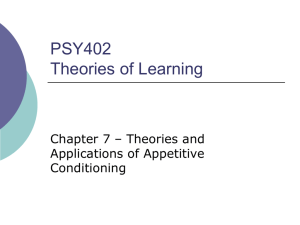

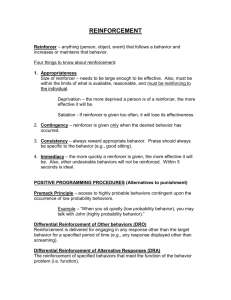

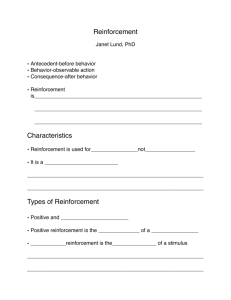
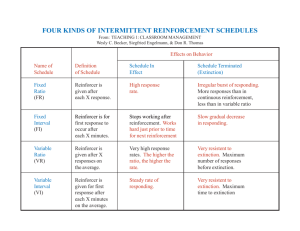
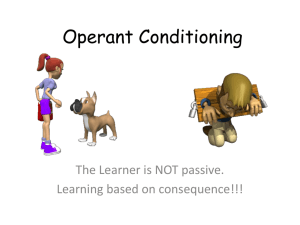

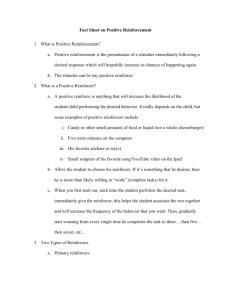
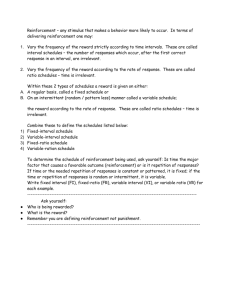
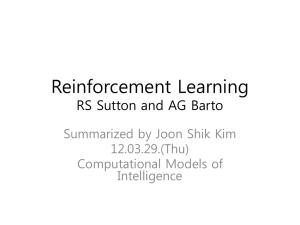

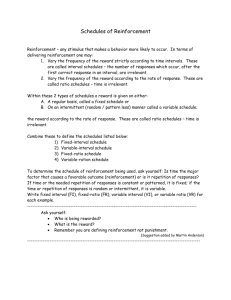
![Reinforcement and Motivation [Compatibility Mode]](http://s3.studylib.net/store/data/008925113_1-f5c766bb58c7f58b529c7a2527652f66-300x300.png)
